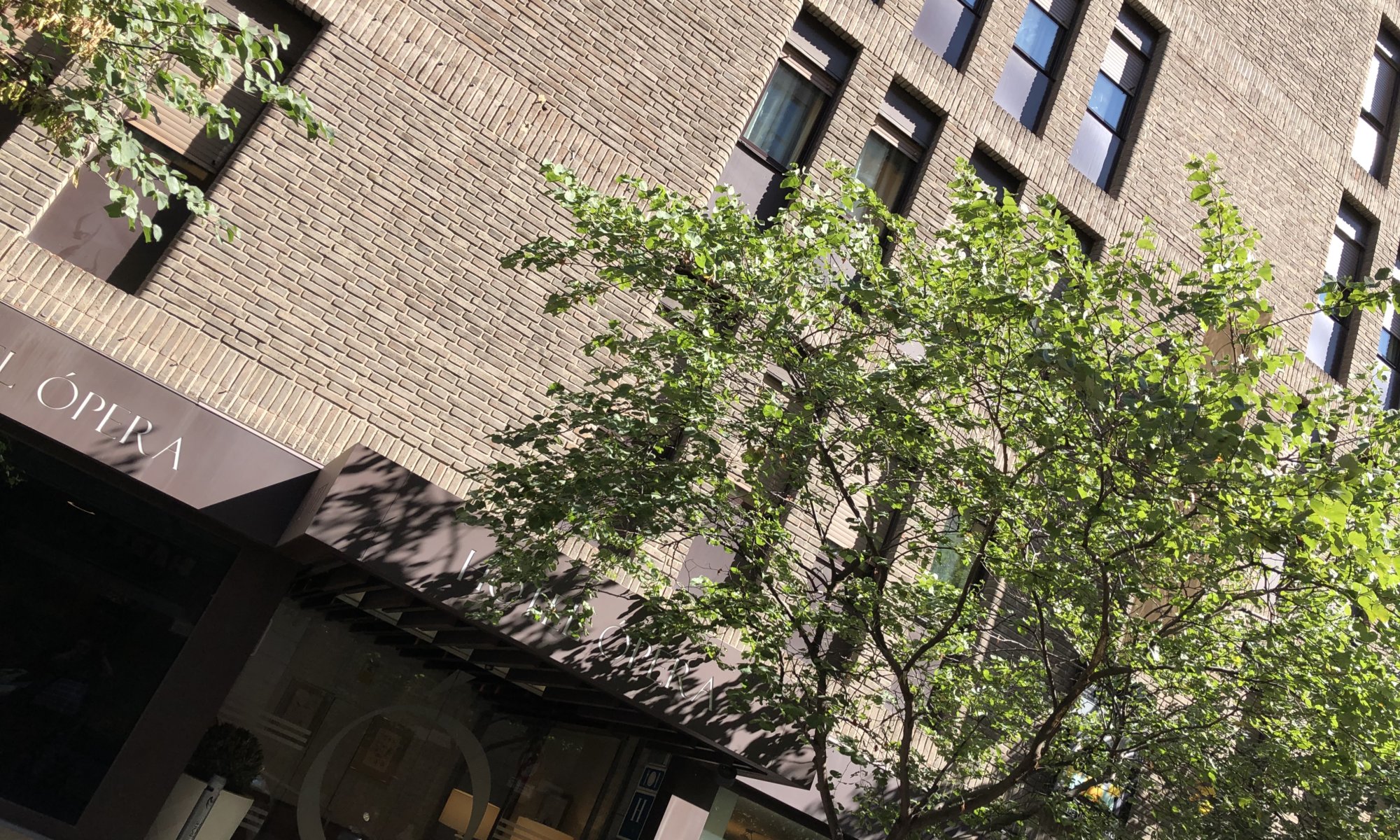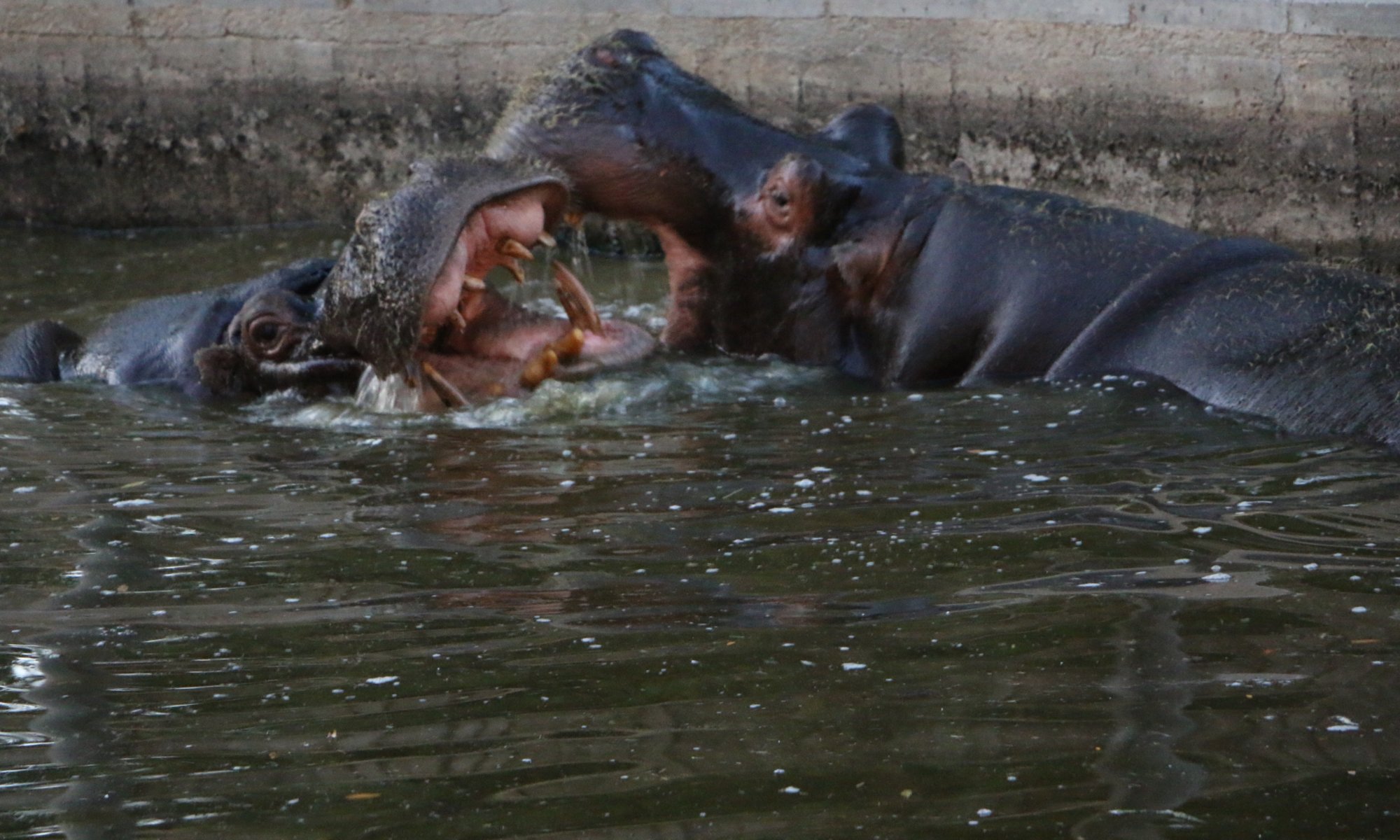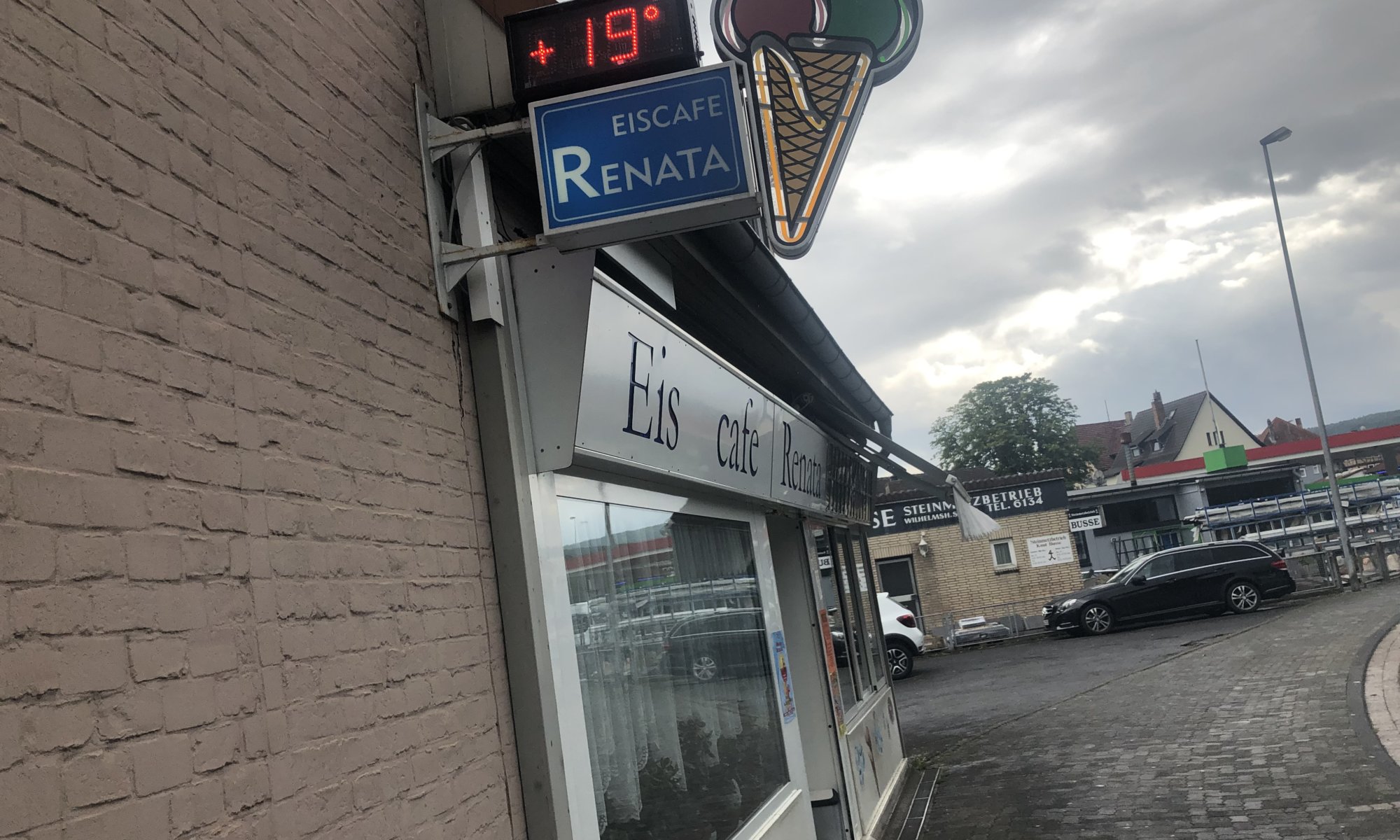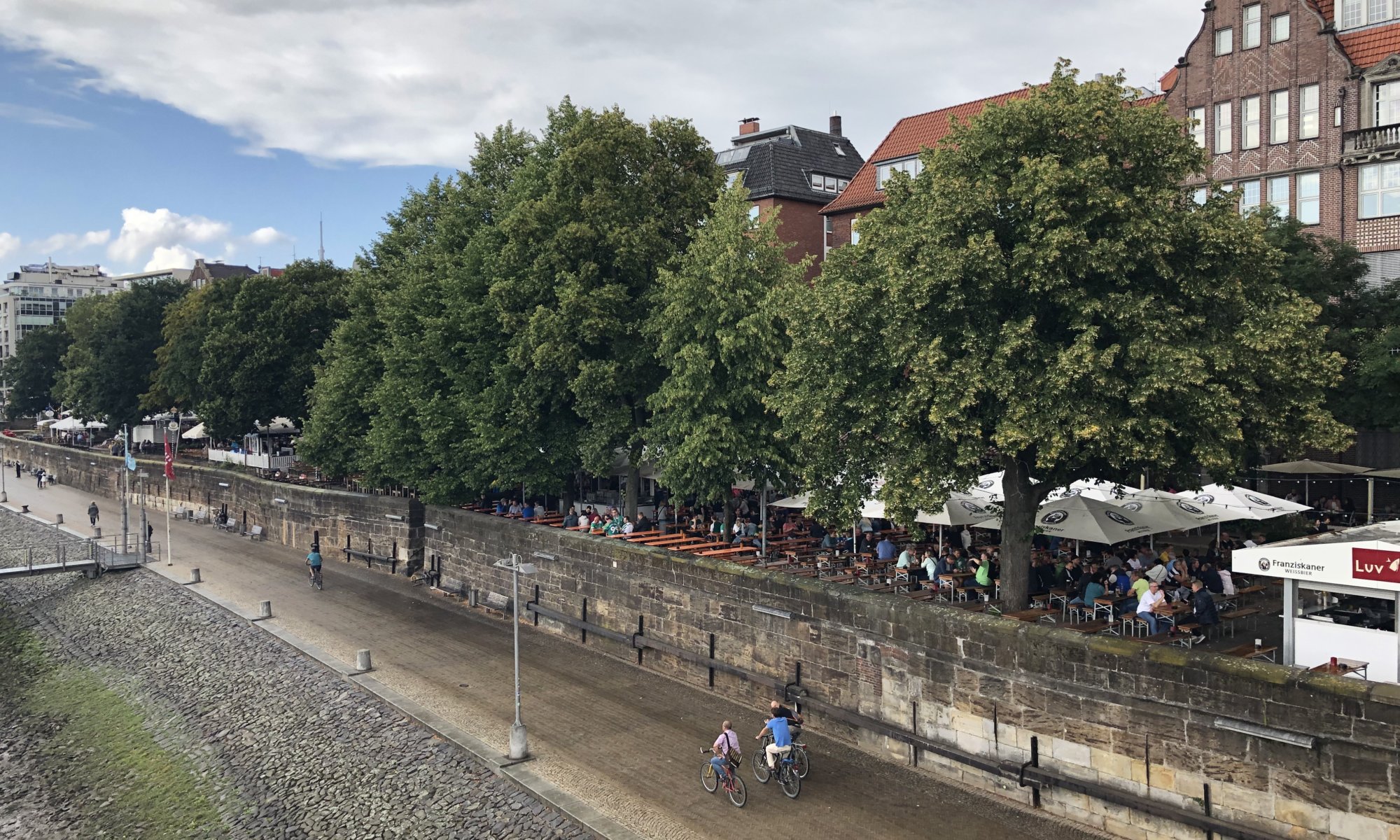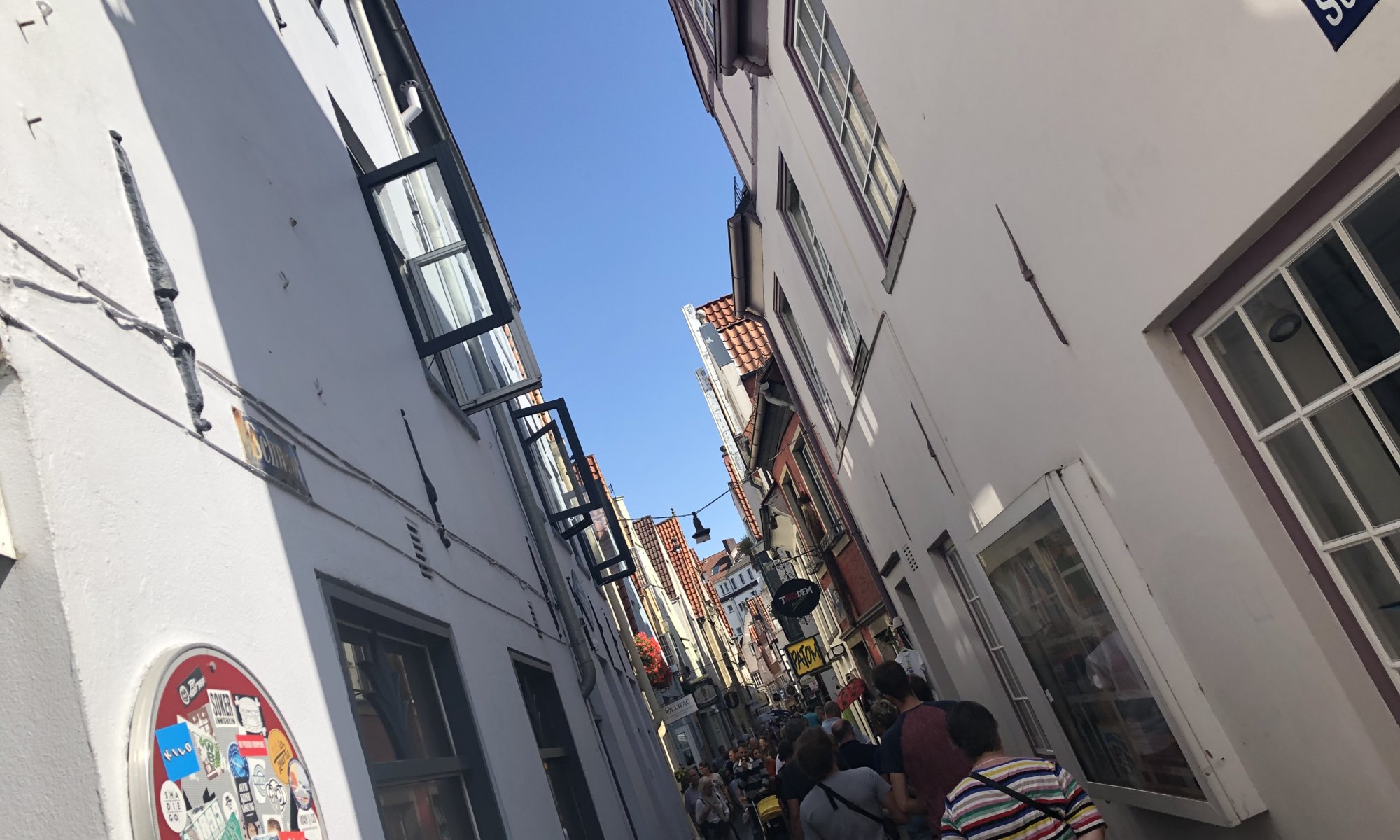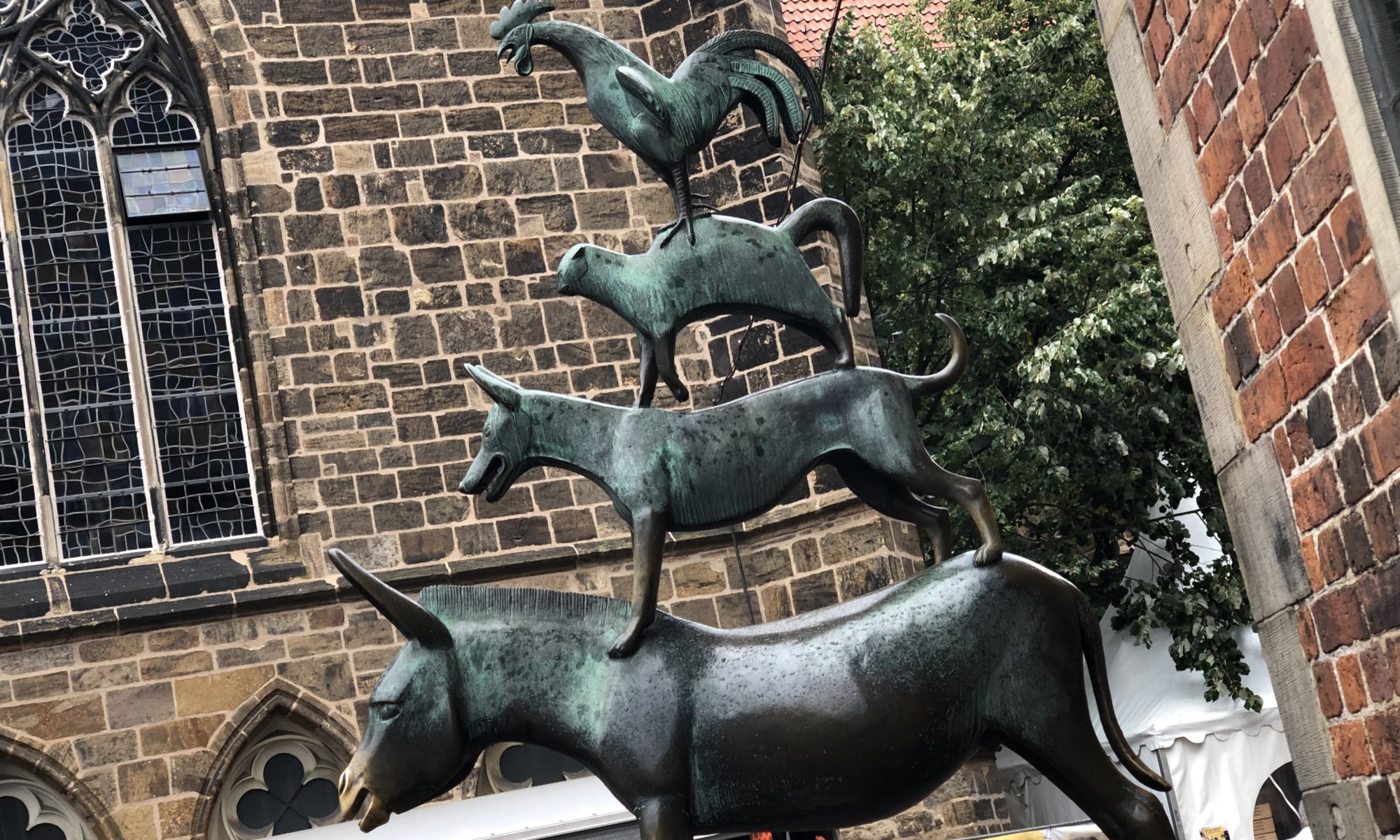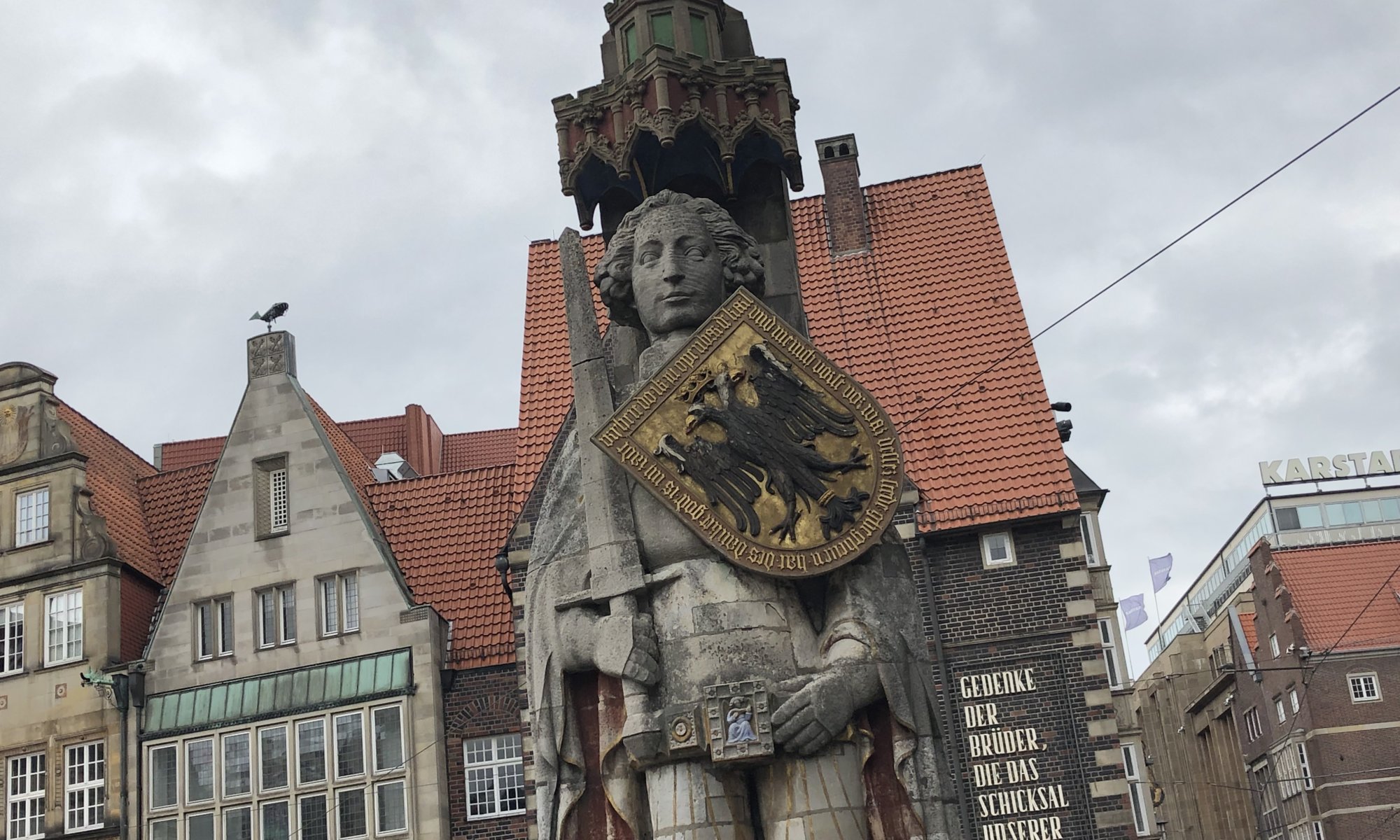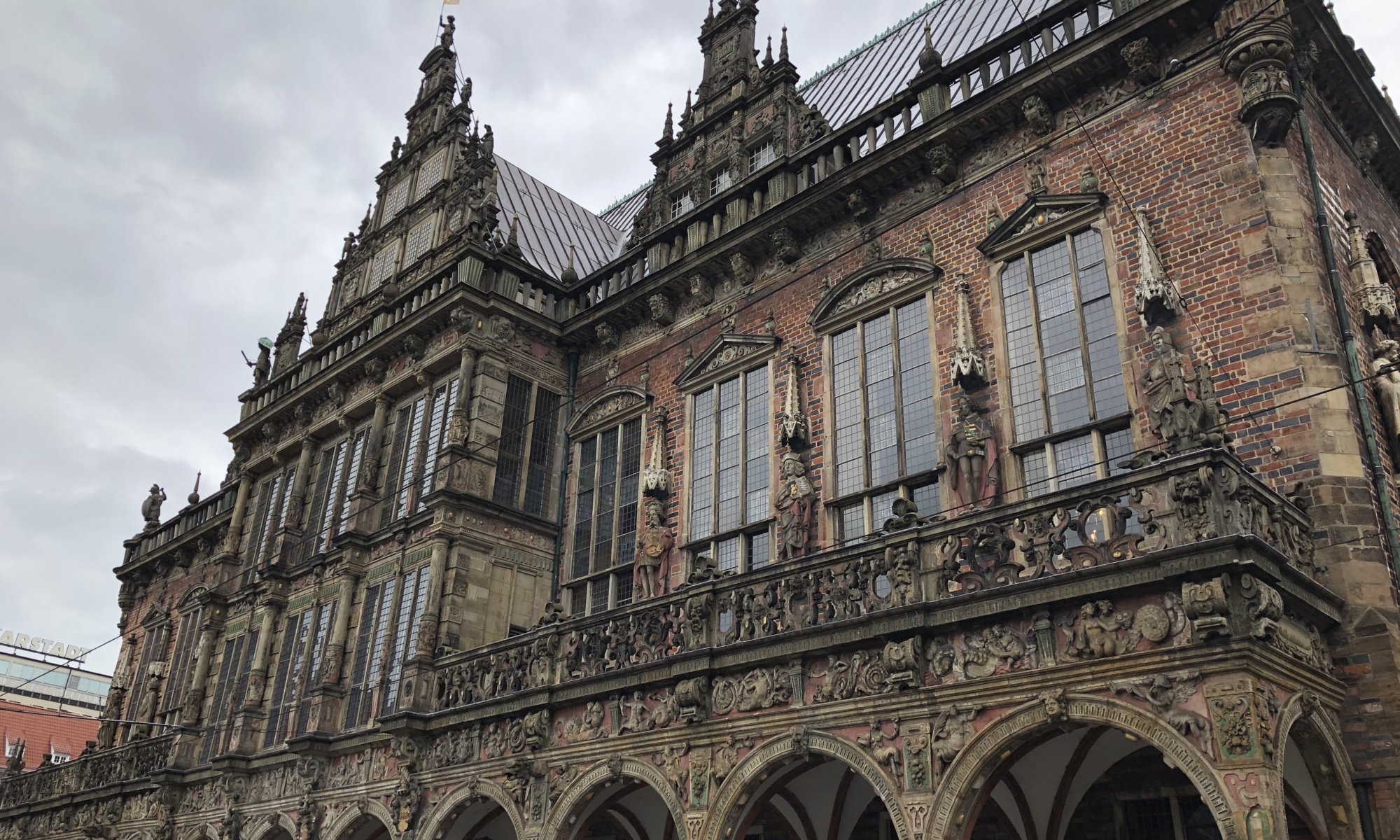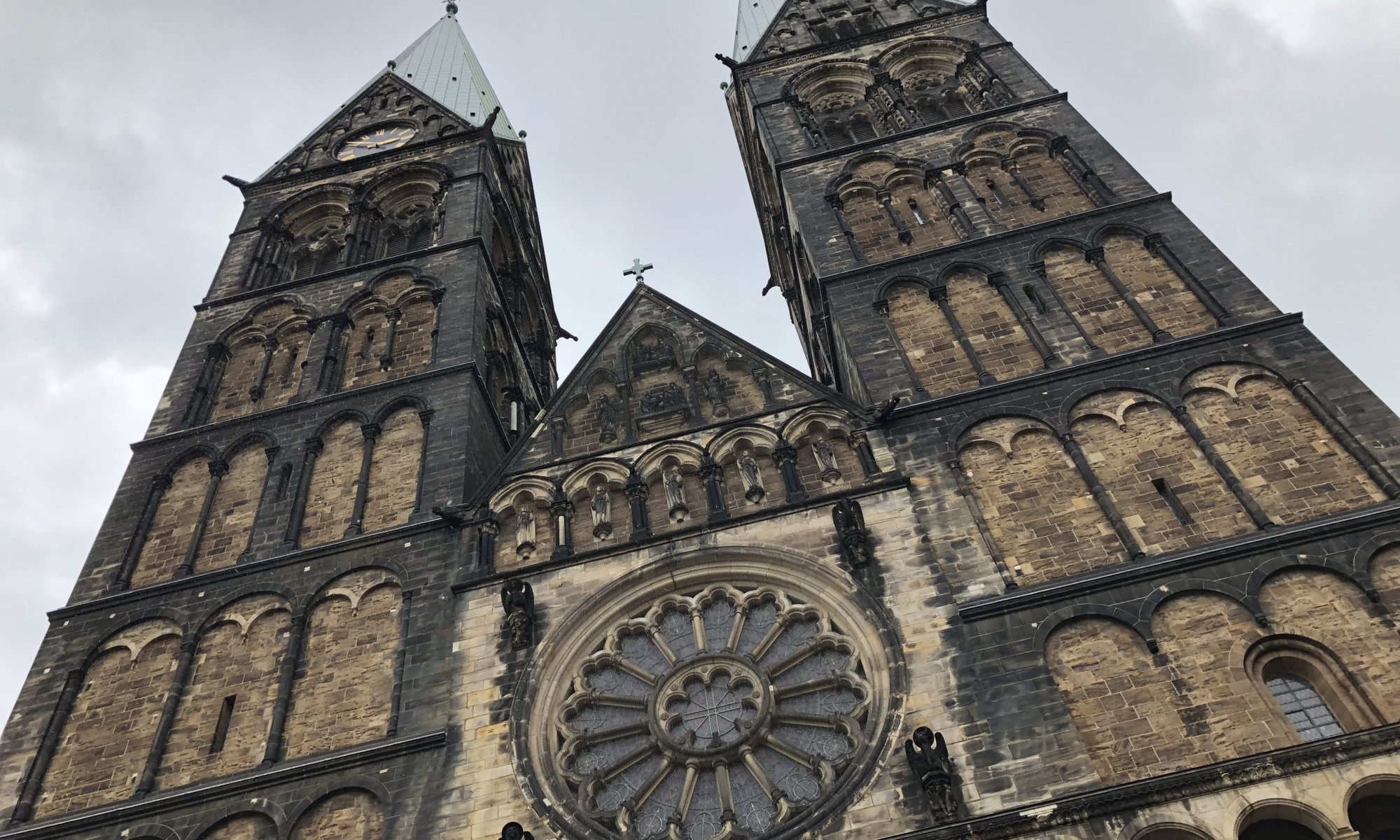If you like to stay in the city center near the interesting places of Madrid, Spain then the Hotel Ópera might be an option. It is located directly next to the opera and is therefore only few meters away from the Palacio Real and the beautiful garden in front of it. The hotel is labeled as a four star hotel but feels rather like three stars – but that is okay, the fourth star is for location.
Continue reading “Hotel Ópera”Latenight zoo
Going to the zoo at Madrid, Spain can be a special experience. While zoological gardens most often close in the late afternoon this one is open at least until 8:30pm, three times a week it is open until midnight. That’s because of the high temperatures that make a visit during daytime less nice. Therefore you can have a visit in the dark, see animals in slightly enlighted environments and have a very late dinner there.
Continue reading “Latenight zoo”Guernica
The Museo Nacional Centro de Arte Reina Sofía is a fantastic art museum at Madrid, Spain. It resides in two interconnected buildings close to the Plaza del Emperador Carlos V and the metro stop Estación del Arte. The older building has a wonderful inner courtyard with trees and sculptures, the new building includes a wonderful roofed terrace with good views on the city. The museum itself is like a labyrinth: you can walk in it for ours, get lost and continuous discover new sections with interesting artworks.
Continue reading “Guernica”Eiscafé Renata
People coming to Hann. Münden, Germany often search for good ice cream in the city center and of course there are some good options in the pedestrian zone. But the expert knows that you get the best ice cream somewhere else: in Neumünden, at the Eiscafé Renata. It is no shiny new ice cream parlor with freaky variations, the location is not the best and inside the time seems to have stopped long ago.
Continue reading “Eiscafé Renata”Schlachte
If you want to sit outside at the river Weser within Bremen, Germany and have a good drink there is one main party zone that will be recommended to you: the Schlachte. You will find numerous bars there with outdoor seats and great views on the water and the ships anchoring there (some of them are bars and restaurants, too). The name has nothing to do with slaughter (‘Schlachtung‘, ‘Schlacht‘, ‘Schlachten‘) – it refers to ‘slagte‘, the process of placing wooden piles to stabilize the shore.
Continue reading “Schlachte”Schnoor
One of the places tourists visit most often at Bremen, Germany is the Schnoorviertel, located near the central market place and river Weser. It is a quarter full of narrow streets and tiny houses where in past days the fishermen were living. The streets there are named after the products that were created in them and the street name Schnoor refers to the production of rope (‘Schnur‘ in German).
Continue reading “Schnoor”Stadtmusikanten
It is very unusual that real cities are named within fairytales. Bremen, Germany is one of the very few examples as the Brothers Grimm made the city the target destination of a donkey, a dog, a cat and a rooster that want to flee their lifes and become musicians there. ‘Die Bremer Stadtmusikanten‘ describes their story and they never arrive at Bremen as they succeed in chasing some robbers out of a house – which they then decide to live in.
Continue reading “Stadtmusikanten”Bremer Roland
The statue of Roland on the market place of Bremen, Germany is one of the town’s landmarks. It is more than five meters high and together with its platform and decorations it reaches a height of more than 10 meters, making it the biggest free-standing statue of medieval times in Germany. The statue shows military leader Roland who guarantees the city its freedom and rights.
Continue reading “Bremer Roland”Town hall
I’ve seen many town halls in the past but the one at Bremen, Germany is one of the most beautiful. It is richly decorated outside as well as inside and is one of the most important buildings of the Weser renaissance and gothic styles. It was built between 1405 and 1410 as a replacement for the former town hall in romanesque style (built before the 1220s). Together with the Roland it is now a UNESCO World Heritage site.
Continue reading “Town hall”St. Petri
The cathedral of Bremen – the Bremer Dom – is dedicated to Saint Peter and standing next to the town hall and the statue of Roland. It is a beautiful protestant church building with a fine rosetta in front and two towers with a height slightly above 90 meters. The first church building in that place dates back to the year 784, the current church is from the 11th century CE. It is mostly designed in gothic style with neo-romanesque elements.
Continue reading “St. Petri”
